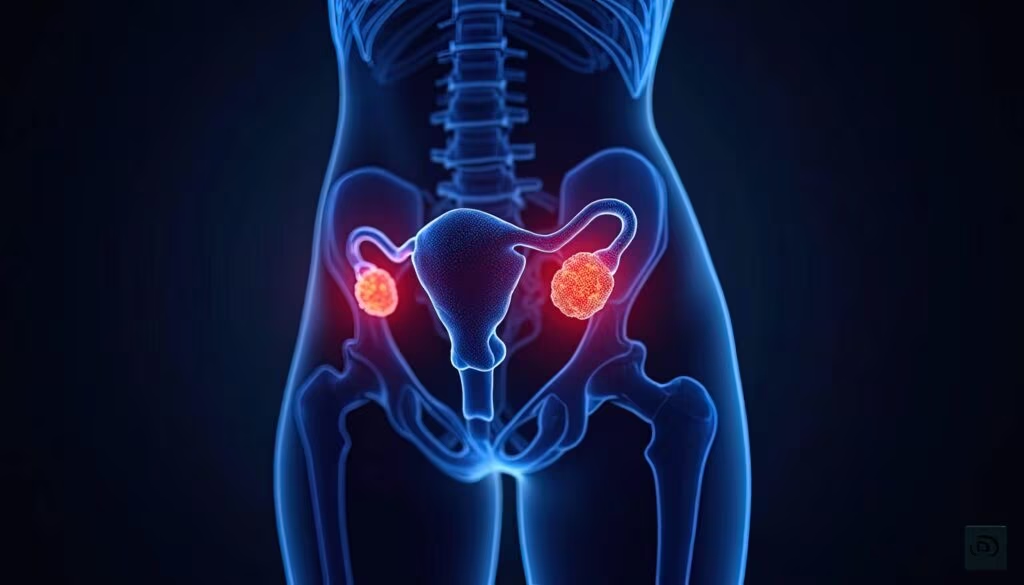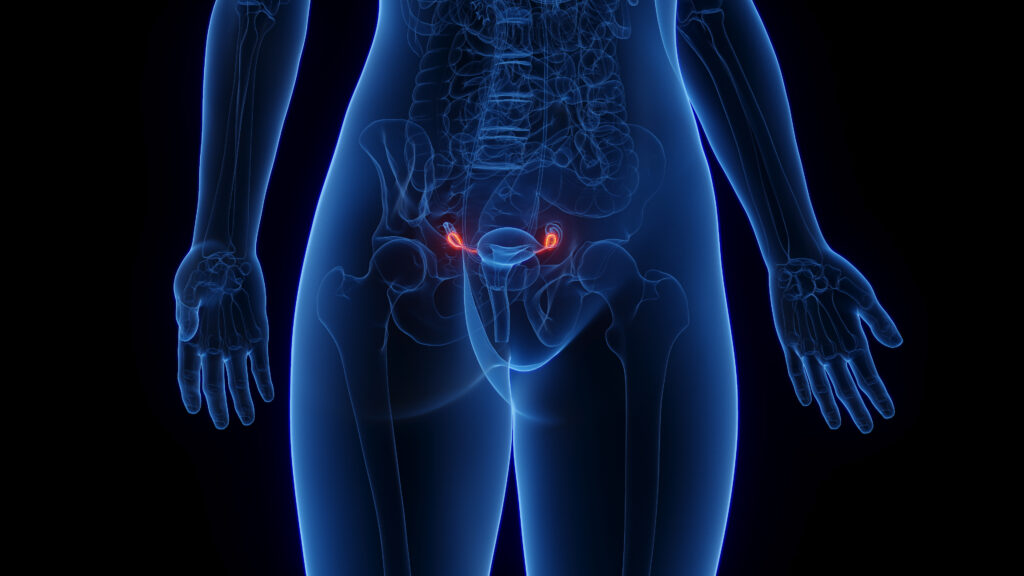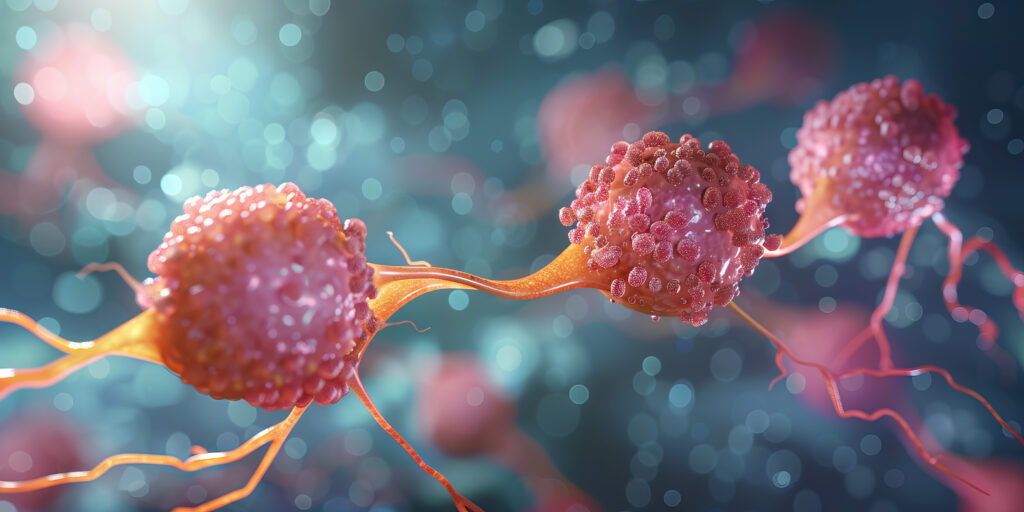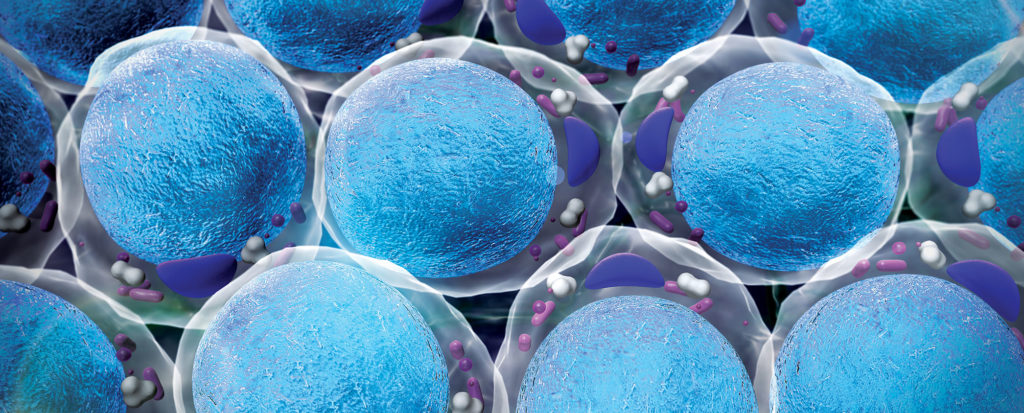During the past two decades there has been a dramatic increase in our understanding of the physiology of an erection, as well as of the pathophysiology involved in the decline of erectile function. Men may suffer from erectile dysfunction (ED) as a result of psychogenic factors, such as performance anxiety. Less common are endocrinological influences resulting from cases of hypogonadism or hyperprolactinaemia.
During the past two decades there has been a dramatic increase in our understanding of the physiology of an erection, as well as of the pathophysiology involved in the decline of erectile function. Men may suffer from erectile dysfunction (ED) as a result of psychogenic factors, such as performance anxiety. Less common are endocrinological influences resulting from cases of hypogonadism or hyperprolactinaemia.
Observational and epidemiological evidence in recent years has increasingly demonstrated a link between ED and typical cardiovascular risk factors. Vasculopathy is now recognised as the most common cause of organic ED. The role of the vascular system is noteworthy as it is today generally accepted that impaired erectile function results from disturbances of the vascular endothelium. This impairment of endothelial function typically develops from vasculopathies such as hypertension, dyslipidaemia, hyperglycaemia and cigarette smoking.1 Indeed, ED is considered one of the earliest manifestations of vascular disease. This fact has led authors to consider the penis as a ‘barometer’ indicating endothelial health status.2 A man presenting with impaired erectile function will be suspected of vasculopathy until proved otherwise. Attempts at a healthier lifestyle involving diet, exercise, suitable supplements and stress reduction have been argued to preserve healthy sexual function and even improve erectile quality.3 Decreasing erectile quality with increasing age is not a fate men have to live with. From the point of gradual declining erectile quality to the stage where prescribed medication is required for compensation of insufficient physiological function is a long stretch.
To read full article please click here.












